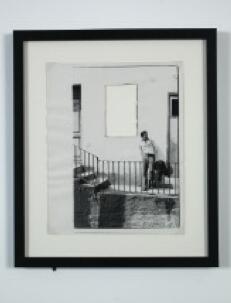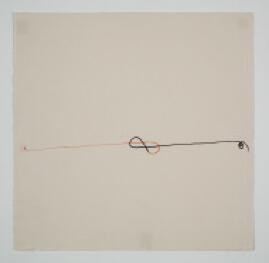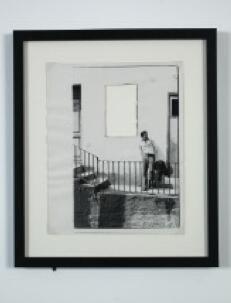GERD LEUFERT & GEGO / CLAUDIO PERNA
Henrique Faria, New York
Henrique Faria Fine Art is closing this season with an exhibition never presented before in the United States: Gerd Leufert & Gego. Few artists have had such a strong influence on the development of the arts in Venezuela as this couple of master artists..

Gego (1912-1994), an architect and engineer, highlighted the fragility of the line in her sculptures. Leufert (1914- 1998), a graphic designer and painter, guided and supported Gego’s skills, while at the same time he transformed the Venezuelan visual map through graphic design. Gego and Leufert worked together from the begin- ning of the 1950s in the development of an intimate and delicate, yet absolutely rational oeuvre. The exhibition reveals the importance of paper for these creators, who in the 1960s focused on the possibilities offered by this medium during a stay in New York, later to continue utilizing it throughout their artistic careers. The symbiosis between the two artists is revealed through the presentation of Gego’s prints and three-dimensional works, such as several of her well- known “Drawings without Paper,” alongside Leufert’s drawings, allowing the viewer to appreciate the way in which one same line may prolong itself from the paper into space
In a second exhibition hall, the gallery is presenting the work of another Venezuelan artist, Claudio Perna (1938-1997), who was a member of the generation of artists that marked Venezuela’s entrance into contemporaneity. The need to break with the rigidity of the geometry of the 1950s is revealed in his “Relieves” (1964-1965),
a series presented for the first time in this exhibition in which the artist explores informalism, tearing monochrome papers that play with the capacity of this material to draw the space with the help of light. An artist and a geographer, Perna utilized a wide variety of mediums to address the relevance of everyday life in the development of the arts in Venezuela. Along his artistic career, Perna concerned himself with exploring different mediums with the aim of highlighting the environment, reality, and history during a time of economic prosperity but with marked indications of political fragility in Venezuela.
Together, these two exhibitions present a relevant moment for Venezuela, when the hope of a better future of the 1950s took a turn and was transformed into attention to the sensible, the subjective, and the implicit. A time of profound changes that Henrique Faría Fine Art’s proposal presents in a delicate, yet conclusive way.






